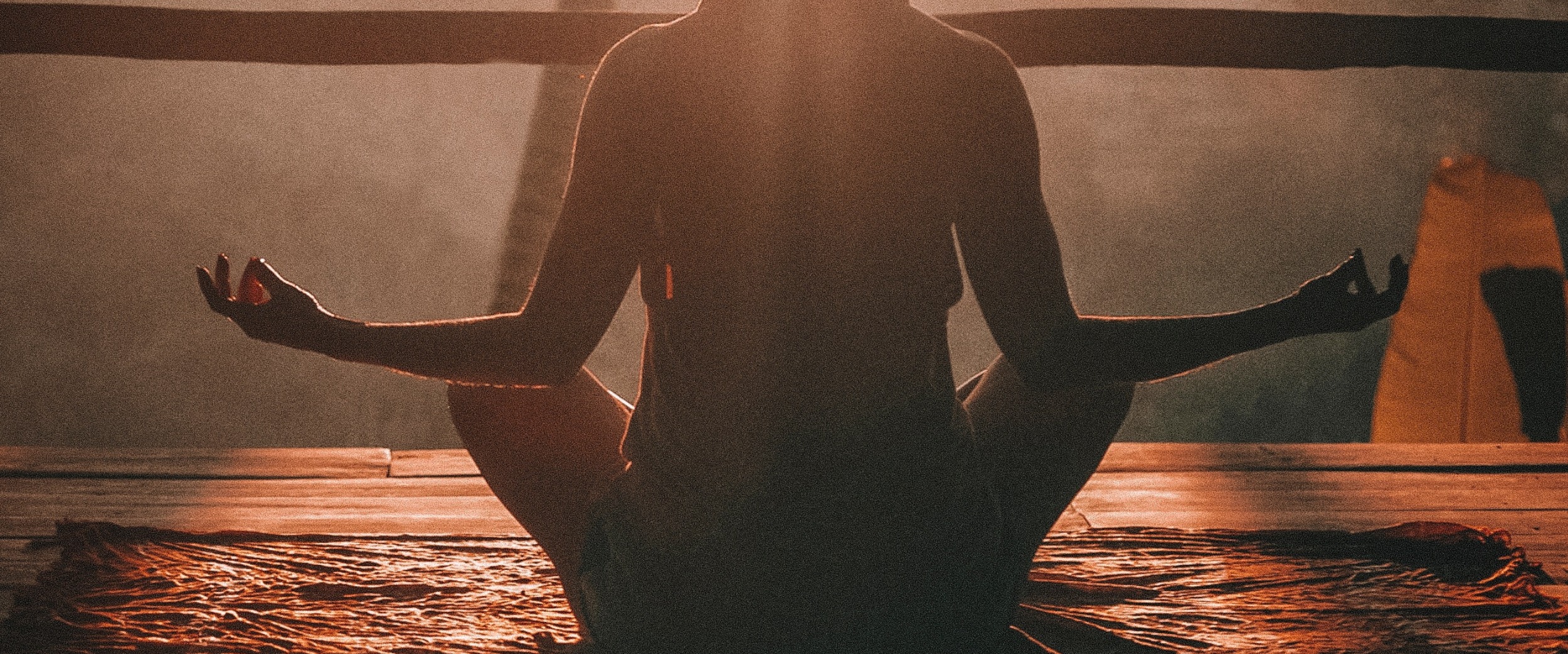By Ashley Phillips
Meditation programs are popping up across Canada – and for good reason. This centuries-old practice, also known as mindfulness, is one of the best tools for our health, well-being, and happiness. Research shows a daily meditation practice reduces stress, depression, and inflammation while improving sleep, fatigue, and menopausal symptoms in women who have a breast cancer diagnosis. Additionally, studies connect meditation and an enhanced immune function. These are all important considerations when you’ve had a breast cancer diagnosis.
So what exactly is mindfulness? Jon Kabat-Zinn defines it as “the awareness that arises by paying attention on purpose, in the present moment, and non-judgmentally.” It’s easier than you think to get started. There are fantastic books and meditation apps to help you. Some of my favourites are books by Jon Kabat-Zinn, founder of the Mindfulness Based Stress Reduction program, apps such as Buddhify, and our website, www.inspirehealth.ca, which has a weekly live online meditation class and pre-recorded videos.
Here are some simple instructions on how to meditate. This has been adapted from The Joy of Half a Cookie by Jean Kristeller, PhD.
- Choose a time when you can take about 10 to 15 minutes to listen to a meditation app or recording. Morning, late afternoon, or early evening is recommended as we may fall asleep if it’s too close to bed time. Headphones can be helpful when there is background noise.
- Find a quiet place where you will not be disturbed. If there are other family members in the house, let them know that you would like not to be disturbed. Some people set a timer elsewhere in the house to let family members know when your quiet time is over.
- In the beginning, experiment with different times to get a sense of when meditation works best for you. Perhaps it is as soon as you roll out of bed or before dinner. Then set up a regular time and place to create a habit of a daily practice.
- The best way to sit is the one that is comfortable for you. It may be a sitting in a chair where you can maintain a relaxed but erect posture, cross-legged on a raised pillow, or perhaps finding a more relaxed posture. However, too relaxed a posture may lead to drowsiness or falling asleep.
- Close your eyes or find a soft spot on the floor to gaze at. Bring your awareness to your breath. Notice the breath first around the tip of your nose, then your chest, and finally your stomach. Allow your breath to be your focal point if you would rather not use a guided meditation recording. Set a timer for 5 minutes to begin and gradually work your way up to 20 or 30 minutes. Why do we use our breath? It is always in the present moment. Plus, it is with us wherever we go – driving, waiting for in the checkout line, when we are frustrated, it’s always there when we need it.
- Keep in mind that learning to meditate is a skill. If you notice you are judging yourself – "I'm too distracted....I can't get rid of my thoughts....I can't concentrate....I'm too restless…."—just observe these as thoughts, and return your attention gently to your breath. Gradually, you will notice subtle changes, and that is part of the process.
Ashley Phillips, MEd, C.C.C., CYT, is a clinical counsellor and yoga/mediation teacher at InspireHealth, a not-for-profit supportive cancer care centre. InspireHealth, founded in 1997, has three centres in British Columbia in Vancouver, Victoria and Kelowna, in addition to an online centre available to all Canadians. All services, programs, and classes are completely free of charge. No referral required. To learn more, visit www.inspirehealth.ca.
The Healing Powers of Meditation originally appeared in our Spring 2017 Network News magazine.
Photo by Jared Rice on Unsplash







